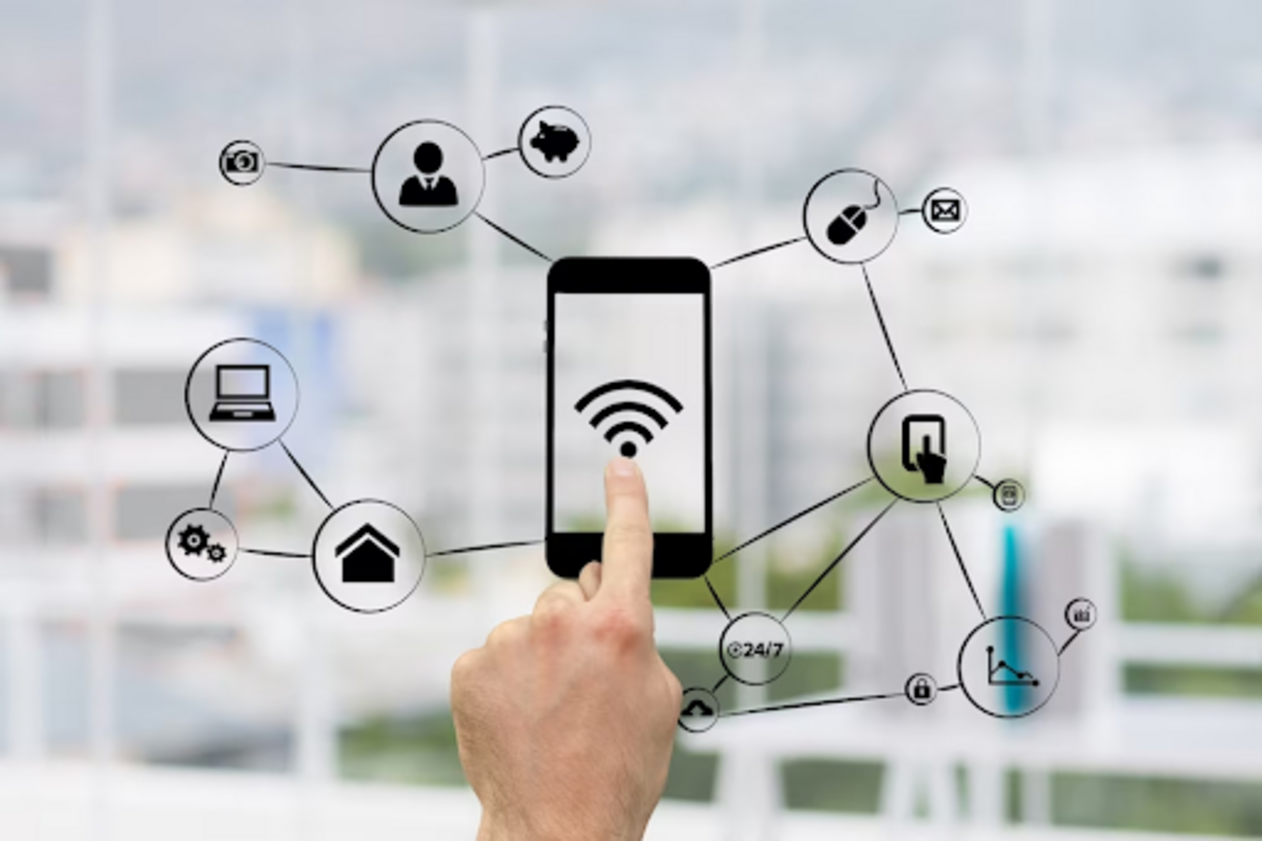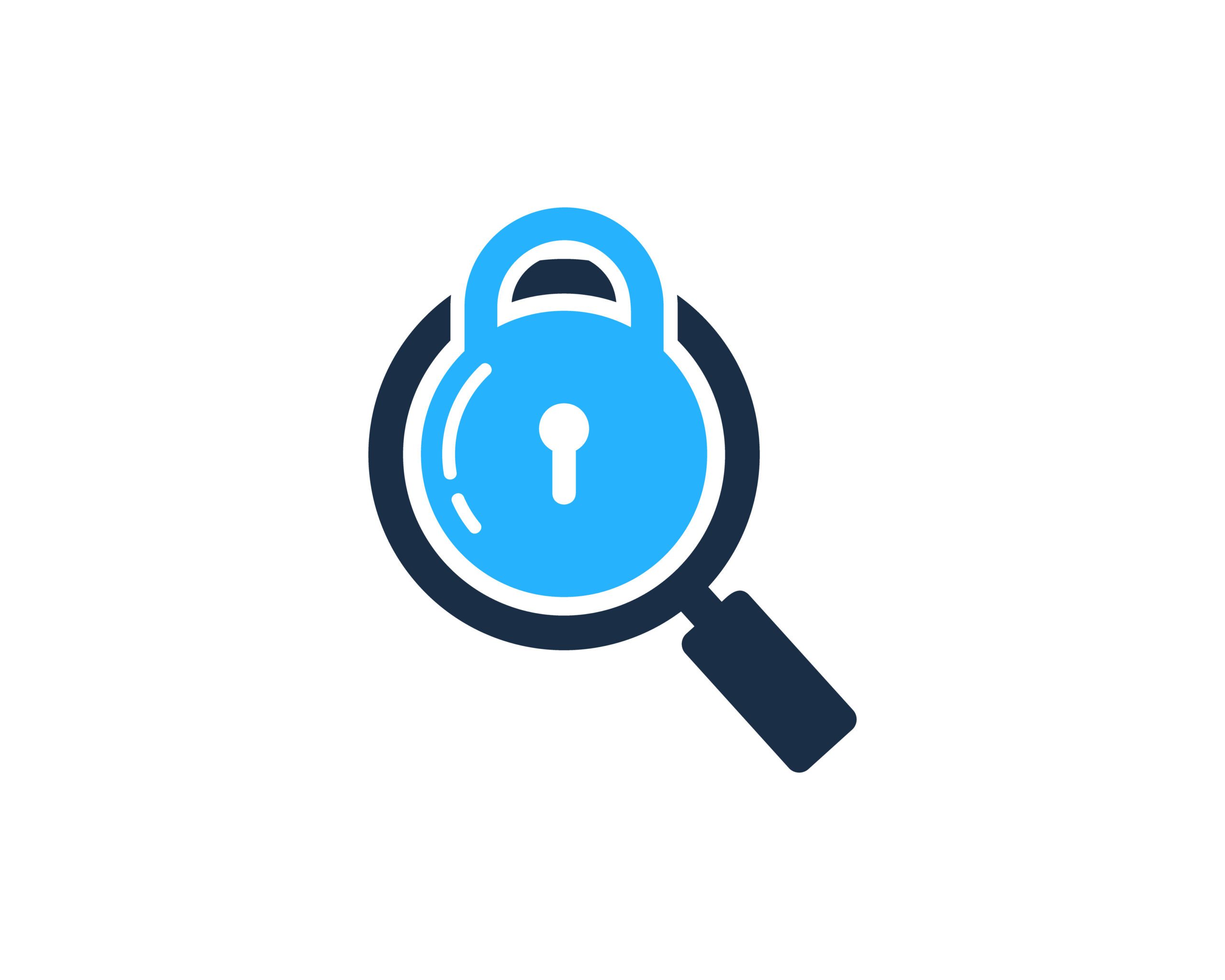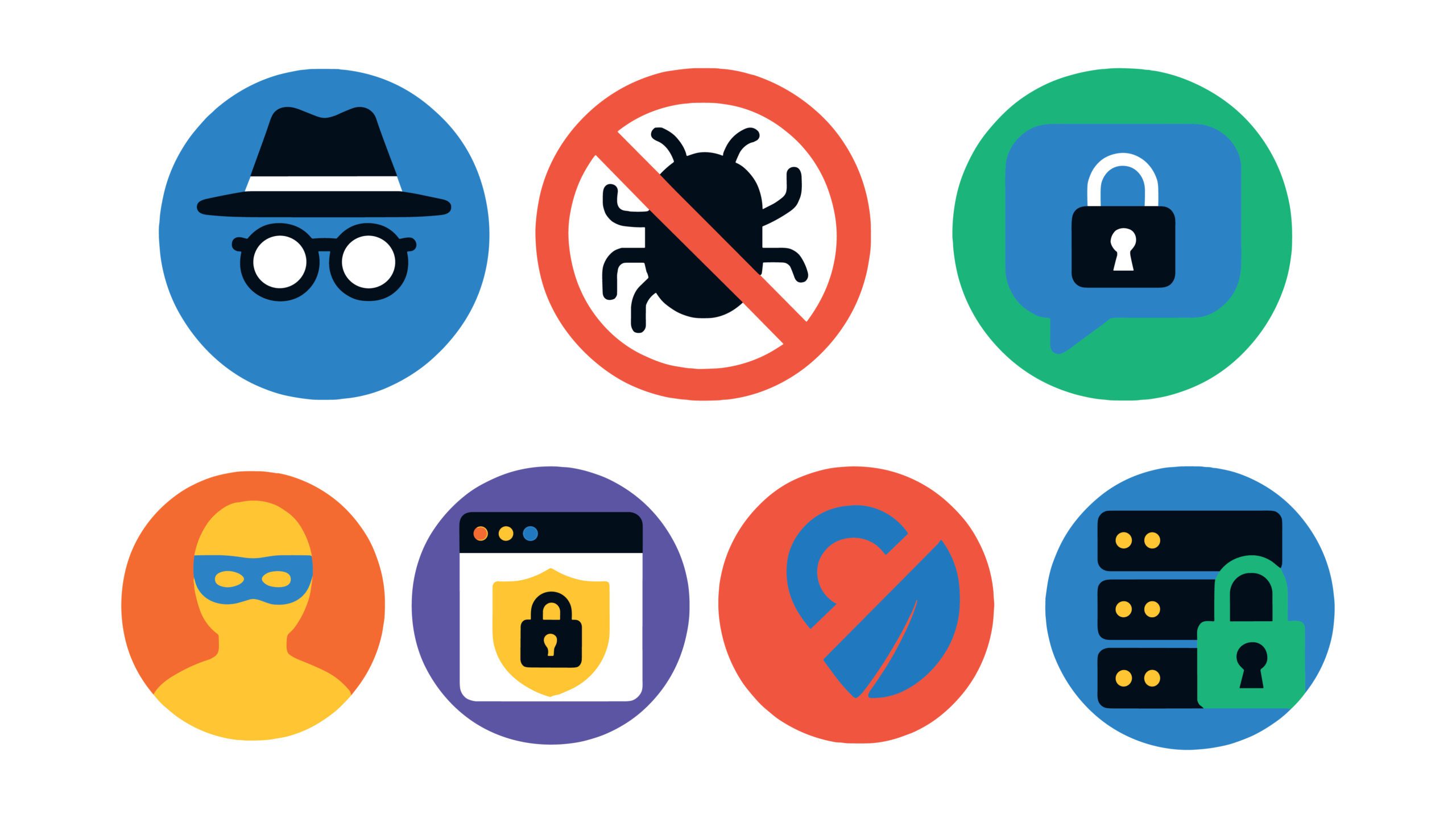Public Wi-Fi Risks And How To Safely Use Public Networks

Public Wi-Fi networks are becoming increasingly common, providing an easy way to access the internet without relying on a personal device or network. However, a certain level of risk is associated with using public Wi-Fi networks, including the potential for malicious actors to intercept data or access personal information.
It is, therefore important to understand the risks of using public Wi-Fi networks and the best practices for maintaining privacy and security. This article will discuss the risks of public Wi-Fi networks and provide essential tips for safely using public networks.
– Also, take some time to read these articles if you are aware of Internet safety and Cyber-threat intelligence:
What Defines Internet Safety?: The Do’s And Don’ts Of Surfing Online
10 Dangers Of The Internet For Kids: Staying Safe Online
What Is Cyber Threat Intelligence? And Why You Should Care
Understanding the Risks of Public Wi-Fi Networks
Public Wi-Fi networks offer convenience but can also be a source of security and privacy risks.
Security weaknesses in public Wi-Fi networks enable hackers to easily access sensitive data, while privacy concerns exist due to the lack of encryption on most public networks.
Furthermore, the threat of data theft and cyberattacks is ever present when using public Wi-Fi networks, making it essential to take precautions if using them.
Security weaknesses in public Wi-Fi networks
Unsecured public Wi-Fi networks can be prone to various security risks, making it important for users to take precautions when using them. The risks associated with public Wi-Fi networks are threefold:
- Data interception
- Man-in-the-middle (MITM) attacks
- Packet sniffing
- Malicious hotspots
- Malware
- Malware downloads
- Phishing scams
- Drive-by downloads
- Identity theft
- Stealing login credentials
- Stealing banking information
- Illicit access to personal accounts
Public Wi-Fi networks are often unsecured, making it difficult for users to protect their data. The lack of encryption also makes it easy for hackers to intercept data being sent or received by users. Furthermore, malicious actors can create rogue Wi-Fi networks designed to steal data or use a man-in-the-middle attack to intercept data sent over an unsecured network.
Additionally, users may be vulnerable to malware and phishing scams, which can be used to steal personal information. Finally, public Wi-Fi networks can be used by hackers to gain access to personal accounts, such as bank accounts, by stealing login credentials.
It is important for users to be aware of the risks associated with public Wi-Fi networks and take the necessary precautions to protect their data. This may include avoiding unsecured networks, using a virtual private network (VPN) to encrypt data, being wary of suspicious links or downloads, and using strong passwords for all accounts.
Privacy concerns while using public networks
Although public networks may provide convenience, they also pose privacy concerns to users. Using public Wi-Fi can put users at risk of exposing their personal information to hackers, who can use various methods to access sensitive data.
| Potential Privacy Risks | Potential Solutions |
| Unencrypted data | Use a secure VPN |
| Malware | Use a reputable antivirus |
| Man-in-the-middle attack | Use a secure Wi-Fi network |
Leaving devices unprotected on public networks can also put them at risk of being targeted by criminals. For example, criminals can use malware to gain access to a user’s device and steal any stored data. In addition, users may be vulnerable to man-in-the-middle attacks, where a hacker intercepts the connection between two devices and gains access to the data being sent. To protect against these risks, users should use a secure virtual private network (VPN) to encrypt their data and a reputable antivirus to prevent malicious software from being installed on their devices. Additionally, they should only connect to secure Wi-Fi networks, such as those with WPA2 encryption, to protect their data.
The threat of data theft and cyberattacks
In today’s digital world, data theft, and cyberattacks pose a significant threat to users of public networks. Public networks are often unencrypted, allowing hackers to intercept data that is transmitted over the network easily. Furthermore, public networks are often shared with multiple users, increasing the risk of malicious activities such as man-in-the-middle attacks.
The following are three key issues that users should be aware of when using a public network:
- Data interception: Malicious users can intercept and view unencrypted data sent over public networks.
- Man-in-the-middle attacks: Attackers can intercept and manipulate data sent over public networks.
- Phishing: Attackers can use public networks to conduct phishing attacks, impersonating trusted websites or services to try and steal user credentials.
To protect against these threats, users should always use a virtual private network (VPN) when accessing a public network. A VPN creates an encrypted tunnel between the user and the public network, preventing attackers from intercepting data. Additionally, users should only access websites and services that use secure HTTPS connections, as this helps to protect data from being intercepted. Finally, users should be aware of suspicious emails or links, which could indicate phishing attempts.
Essential Tips for Safely Using Public Wi-Fi Networks
Using public Wi-Fi networks can be risky, so it is important to take steps to protect yourself when doing so. One of the most effective ways to do this is to enable your device’s firewall.
Additionally, it is recommended to employ a virtual private network (VPN) for further security.
Lastly, turning off file sharing and avoiding sensitive transactions while on public Wi-Fi networks is advised.
Enable your device’s firewall
Activating a firewall on a device is a key measure to protect against potential risks associated with connecting to public networks. A firewall acts as a barrier between an individual’s device and the public network, helping to prevent malicious software from entering a device. Firewalls can be set up on computers, tablets, and smartphones and typically offer different levels of protection.
When configuring a firewall, enabling both inbound and outbound rules is important. Inbound rules determine what type of external traffic is allowed into a device, and outbound rules determine what type of traffic is allowed to leave the device. Additionally, users should consider blocking all incoming connections, as these may be attempts to access a device without permission.
The following are key steps to enable a device’s firewall:
- Inbound Rules:
- Allow trusted services
- Block all incoming connections
- Outbound Rules:
- Allow trusted services
- Block unknown services
- Block all outgoing connections
By following the steps above, users can configure their device’s firewall to help protect against potential risks associated with connecting to public networks.
Use a virtual private network (VPN)
Utilizing a virtual private network (VPN) is a recommended precaution for connecting to potentially vulnerable public networks.
A Virtual Private Network (VPN) is a private network that is created virtually over a public infrastructure such as the Internet. This allows users to securely access a private network and share data remotely through public networks. VPNs provide security by encrypting data traffic that is sent over a public network, making it difficult for third parties to access data.
VPNs can also be used to bypass geo-restrictions and access content that would otherwise be blocked. Using a VPN helps protect users from having their data intercepted and stolen on public networks. Additionally, VPNs can often prevent network providers from tracking and logging user activity.
In conclusion, using a VPN when connecting to public networks is a recommended security measure that helps protect user data from malicious actors.
Turn off file sharing and avoid sensitive transactions
In addition to using a virtual private network (VPN), there are other steps users can take to protect their devices and data when using public Wi-Fi networks.
One of the most important steps is to turn off file sharing. File sharing allows devices to share files with other devices on the same network, so turning it off ensures that any devices on the same network cannot access the user’s device.
Additionally, users should avoid conducting sensitive transactions, such as online banking, when using public Wi-Fi networks. Such transactions can be vulnerable to attack, as public Wi-Fi networks are not always secure. Therefore, users should avoid any activity that requires transmitting sensitive information.
Users should also consider using a password manager to help safeguard their passwords and other confidential information. Password managers are software applications that securely store and manage passwords, and they can be especially helpful when using public Wi-Fi networks.
Furthermore, it is important for users to exercise caution when downloading files from public Wi-Fi networks, as malicious software can be hidden in downloads, resulting in a potential security breach.
By following these steps, users can protect their data and devices when using public Wi-Fi networks.
Recognizing and Avoiding Suspicious Wi-Fi Networks
Public Wi-Fi networks can be vulnerable to malicious activity, making it important for users to be able to recognize and avoid suspicious networks.
Checking the network name and security settings for any unfamiliar Wi-Fi network is the first step in evaluating its safety and being aware of the possibility of rogue access points and fake hotspots.
Lastly, users should also protect their devices from malware and phishing attempts.
Checking the network name and security settings
When determining whether to use a public Wi-Fi network, it is important to consider the network name and security settings. Knowing the network’s name and checking the security settings can help ensure that the network is legitimate and secure.
Here are four essential considerations to make when assessing the network name and security settings:
- Verify the network’s name by checking the list of available networks in your device’s settings.
- Research the network name to determine if it is associated with a legitimate source.
- Check the network’s security settings to ensure it uses a secure encryption method, such as WPA2-PSK.
- Avoid connecting to networks with no security settings or those using outdated security protocols, such as WEP.
Checking the network name and security settings before connecting to a public Wi-Fi network can help protect your device from potential risks.
Beware of rogue access points and fake hotspots
Beware of malicious actors who attempt to deceive users with rogue access points and fake hotspots. Rogue access points are devices configured to look like legitimate access points designed to intercept data from unsuspecting users. Fake hotspots are wireless networks disguised as legitimate hotspots designed to collect user information or install malicious software. Both of these malicious tactics can result in various risks for users unaware of their existence.
| Risks | Solutions |
| Data theft | Avoid connecting to unknown hotspots |
| Malware installation | Use a VPN connection |
| Unauthorized access to personal devices | Enable two-factor authentication |
| Unauthorized access to company data | Research the network before connecting |
| Phishing attacks | Use a trusted WiFi network whenever possible |
Protecting your device from malware and phishing attempts
It is important to take measures to protect devices from malicious malware and phishing attempts when accessing public Wi-Fi networks.
One of the most effective ways to do this is using a virtual private network (VPN). VPNs create an encrypted connection between the user’s device and the Wi-Fi network, which prevents third parties from intercepting and accessing any of the user’s data.
Additionally, the user should not log into any accounts that require a username and password while using public Wi-Fi networks. This is because hackers can easily intercept any usernames and passwords that are sent over an unsecured network.
Furthermore, users should make sure to install anti-malware software on their devices, which can help protect against malicious software.
Finally, users should be cautious when downloading files or clicking links on public Wi-Fi networks. This is because these files and links can be malicious and can lead to malicious software being installed onto the user’s device.
Best Practices for Maintaining Privacy and Security on Public Networks
Maintaining privacy and security on public networks is of the utmost importance. Keeping one’s operating system and applications up-to-date is crucial to ensure that patched security flaws are not exploited.
Additionally, regular monitoring of online accounts for unusual activity is recommended to detect any potential malicious activity.
Finally, setting strong, unique passwords across all accounts is essential to reduce the risk of unauthorized access.
Keeping your operating system and applications up-to-date
Staying up-to-date with the latest operating system and application versions is essential for ensuring a secure connection when using public networks. Operating systems and applications are frequently updated with security patches and feature improvements to protect users from malicious actors and vulnerabilities.
It is recommended that users regularly check for updates and install them as soon as possible. This is especially true for operating systems, as they protect the user’s data and privacy. Additionally, users should be aware of the potential vulnerabilities associated with older versions of operating systems and applications, as malicious actors may be able to exploit them.
To better protect themselves, users should disable automatic updates and manually check for updates on a regular basis. Doing so will help ensure the user’s device remains up-to-date and secure when using public networks.
Regularly monitoring your online accounts for unusual activity
Monitoring online accounts for unusual activity is important in protecting one’s digital identity while using public networks. With the rise of cybercrime, it is essential to monitor financial and other accounts for any suspicious changes, such as unauthorized transactions, unfamiliar login attempts, or other irregularities.
Regularly checking for any unusual activity can help to detect and prevent identity theft or other forms of cybercrime. It is recommended that users check their online accounts such as banking, social media, or other accounts, at least once a month to ensure that their information has not been compromised.
If suspicious activity is found, the user should contact customer service or the relevant account provider and act as soon as possible. Additionally, users should consider enabling two-factor authentication for any accounts that offer it, as this can help to provide an extra layer of security.
Setting strong, unique passwords across all accounts
Creating and using strong, unique passwords across all online accounts is essential to safeguard sensitive personal information from potential malicious actors. Passwords should be at least 8 characters long and composed of a combination of numbers, upper and lowercase letters, and special characters.
Avoiding easily guessable passwords, such as family member names or birthdays, is also important. It is also best practice to use different passwords for each account, as this prevents hackers from using the same password across multiple accounts if one is compromised.
It is recommended to use a password manager such as LastPass or KeePass to make it easier to remember multiple passwords. This allows users to store passwords in a secure, encrypted database and prevents them from having to remember multiple passwords.
Conclusion
The use of public Wi-Fi networks can be a convenient and cost-effective way to access the Internet, but it is important to understand the risks associated with using these networks.
Recognizing and avoiding suspicious networks and following best practices to maintain privacy and security is essential.
By following these tips, users can ensure that they are taking advantage of the convenience of public Wi-Fi without exposing themselves to unnecessary risks.
Overall, the best way to protect personal information and maintain security while using public networks is to be aware of the risks and take steps to protect yourself.
Users can enjoy the convenience of using public Wi-Fi without compromising their safety by taking the necessary precautions.





